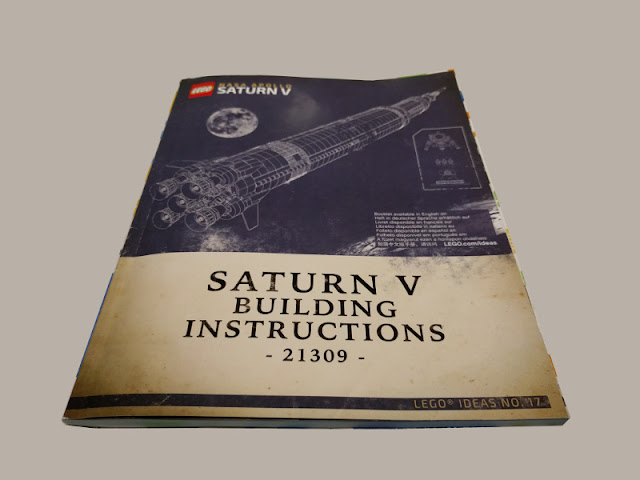A bicycle
I'd been pondering over the Spring, if it made any sense to buy the season ticket to the HSL city bikes this summer, as the need and especially my ability to use them were going to be many months worth of partial work commuting fewer. As a quick recap, last April-October I drove the city bikes to the nearest metro station and back, whenever there were any bikes available. Hadn't the nearest bike station to my home been always completely empty between eight in the morning and eight in the evening, I could've used those for random shopping trips and whatnot. But there rarely were bikes in any of the nearest six stations.
As a total Sunday cyclist and as someone who jumped on a bike for the first time in about fifteen years last April I didn't really need any kind of a Sci-Fi thing or any other high-end junk. I ordered a normal bike, which were nowadays called city bikes.
This sizeable box got dropped behind the door on a Wednesday afternoon and stood waiting at the entrance until Sunday mid-morning, when I finally had time to even think about the damn thing. Luckily the weather had sucked and I was, as said before, very busy with everything else, so this didn't get to bug me.
Before starting anything I leafed through the pdf manual so I'd have a clue what tools I should prepare to assemble my newest acquisition. Obviously this was no Ikea shelf, so there was no handy list of tools, but I boldly assumed that I'd need allen keys, wrenches and an assortment of screwdriver bits.
Working
Judging by the look of it and using some (hopefully) common sense it seemed that tools were not going to become an issue, which had been maybe my most noticeable worry. Assembling this was very straightforward and I could not really stretch that out to cover even a paragraph: attach the front wheel; attach the steering bar; attach the pedals and then drop in the seat; tighten up and call it a day.
A completed vehicle
This took about an hour of time. The only headscratcher was the filling of the tires, as I now learned that there were at least different valve types and this, obviously, wasn't the thing I considered normal. Luckily I had bought a multifunctional pump a few years ago that had outputs for at least two of these valve types, including this one they also used in car wheels (Schrader). Thanks to this I avoided walking my bike to the nearest fuel station to get started.
My brand new bicycle (or myself) wasn't up to the latest legistlation, as either of us needed front and rear lights if driving in anything but the bright daylight. While waiting for the Autumn I would have to invest to some sort of lights.



















































